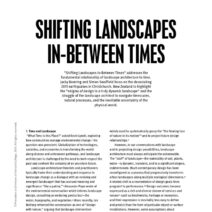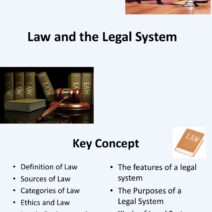The modern world is characterized by a relentless pace, often leaving individuals drained, overwhelmed, and yearning for respite. This begs the question: can something as simple as closing your eyes lead to energy conservation? As we delve into the neuroscience of rest, we will explore the biological, psychological, and philosophical dimensions of this intriguing query.
At the intersection of neuroscience and psychology lies a fascinating phenomenon—the brain’s capacity to regenerate and conserve energy. When one closes their eyes, activities within the brain shift dramatically. Research suggests that the brain uses an astonishing 20% of the body’s total energy despite comprising only about 2% of its mass. This disproportionate consumption raises intriguing questions regarding our energy allocation and cognitive efficiency.
Initially, it is essential to examine the brain’s information-processing capabilities. The human brain constantly engages in a barrage of stimuli, processing vast amounts of information simultaneously. It performs this miraculous feat by employing a network of neurons, which communicate through intricate synapses. Unsurprisingly, the constant demand for processing can lead to cognitive fatigue—the brain’s equivalent of muscle overexertion. In a state of cognitive overload, energy consumption escalates, leading to a decline in proactive functioning.
This is where the act of closing one’s eyes becomes pivotal. It is not merely a gesture of relaxation; it is a strategic maneuver that may facilitate energy conservation. By closing the eyes, sensory input decreases significantly, allowing the brain to shift from an active state to a more passive one. This transition may enable the brain to redirect energy resources towards essential functions rather than expend them on unnecessary information processing. It is akin to switching off a lightbulb in an unoccupied room—an immediate conservation of energy occurs.
The benefits of closing one’s eyes extend beyond immediate energy savings. Research in neuroscience highlights the concept of spontaneous brain activity, wherein the brain engages in self-initiated processes even during rest. This phenomenon, characterized by brain wave patterns such as alpha waves, signifies a state of relaxation. The alpha state promotes an environment conducive to creativity, problem-solving, and even emotional regulation. Thus, resting with closed eyes could paradoxically yield a fresh reservoir of cognitive energy upon re-engagement with tasks.
The repercussions of reduced sensory input extend into the psychological realm. The act of closing one’s eyes fosters an intimate connection with an internal environment, a sanctuary where thoughts can percolate without external distractions. This introspective journey allows individuals to process emotions, confront anxieties, and resolve internal confusions. The psychological unburdening that occurs during these moments of stillness can yield long-lasting benefits, ultimately contributing to improved mental resilience and energy management in everyday life.
However, there remains a challenge intertwined with this concept—the dilemma of modern lifestyles. In a fast-paced world, the very notion of pausing to close one’s eyes often conjures feelings of guilt and unproductivity. The contemporary ethos celebrates busyness as a marker of worth, rendering the act of rest counterintuitive. Embracing the idea that stepping away can actually enhance productivity represents a significant shift in perspective. Society must acknowledge that true productivity overlaps with periods of rest.
In essence, encouraging individuals to close their eyes for moments of respite requires a cultural paradigm shift. This transition involves promoting restorative practices not as indulgence but as essential for sustainable performance. Work environments, educational institutions, and community practices must incorporate dedicated moments for pause and reflection, transforming the narrative surrounding downtime from one of detriment to one of necessity.
In her research, neuroscientist Dr. Sara Mednick unveiled the idea that napping—an oft-dismissed practice—can bolster cognitive function. Short intervals of rest, particularly in the form of “power naps,” allow the brain to reset. Furthermore, engaging the mind in such rejuvenation can actually catalyze novel insights, thereby leading to more exquisite energy management. Indeed, napping should not be viewed as laziness; instead, it must be recognized for its significant contributions to the overall cognitive arsenal.
The essence of energy conservation through rest emphasizes the profound intelligence of biological systems. As humans, we are metaphorically akin to intricate machines—requiring downtime for optimal function. By embracing the practice of closing our eyes, we commence an exploration into the vast dimensions of our consciousness while preserving our vitality. It is a straightforward yet deeply impactful endeavor that reinforces the intrinsic relationship between energy conservation and mental well-being.
In summation, can closing your eyes genuinely conserve energy? The intersection of neuroscience, psychology, and cultural practices suggests that the answer is decidedly affirmative. The future beckons for a collective re-evaluation of our relationship with rest, advocating for mindfulness and intentional energy conservation strategies. Such practices promise not only to enhance individual well-being but also to cultivate a more energetically sustainable society. As we navigate the complexities of existence, let us remember the power of a few moments of stillness—and perhaps, in that stillness, we shall discover the true essence of renewal.








